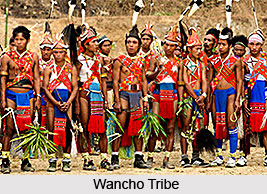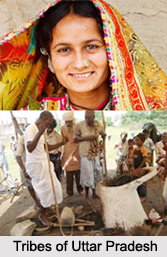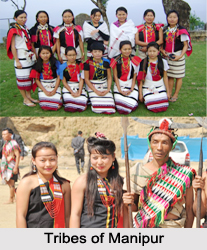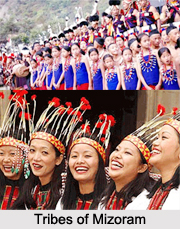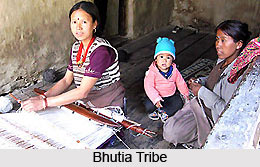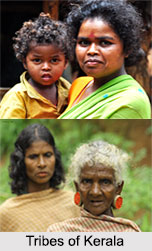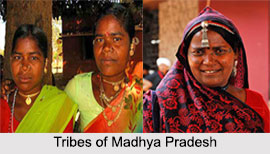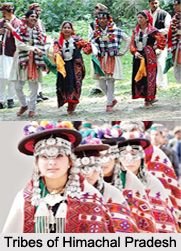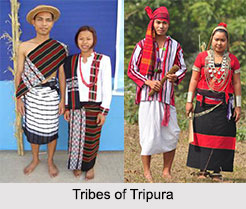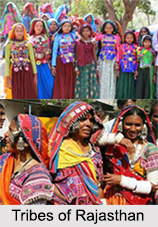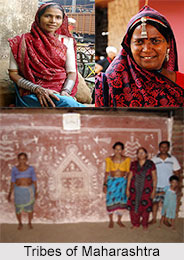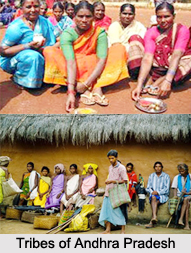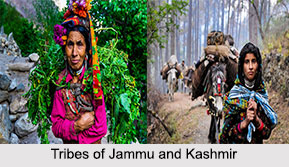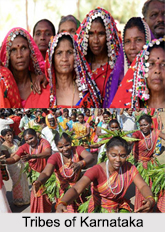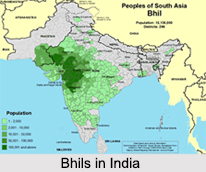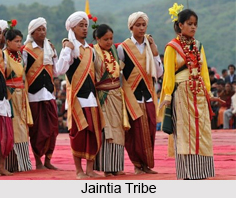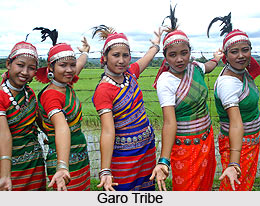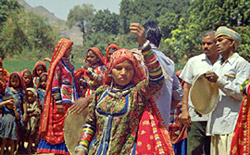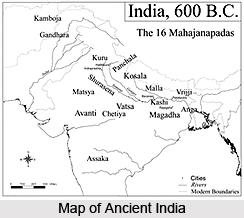 The Surasenas are not mentioned in the Vedic literature, but in the Manavadharma-sashtra they are spoken of in high terms as belonging to the Brahmarisi-desa or the country of the great Brahmanical seers, whose conduct was an example to all Aryans. It has been said that during the time of Manu`s Code the Surasenas were among the tribes who occupied a rank in Indo-Aryan society second only to that of the small population of the narrow strip of Brahmavarta. Therefore it is evident that they must have belonged to the Vedic people. At the same during the early times they had not acquired enough political importance to find their mention in the Rig Veda. The Surasenas claimed their descent from Yadu and Yadu has been mentioned in the Rig Veda several times so it is possible that the Surasenas have been mentioned as Rig Vedic Yadus.
The Surasenas are not mentioned in the Vedic literature, but in the Manavadharma-sashtra they are spoken of in high terms as belonging to the Brahmarisi-desa or the country of the great Brahmanical seers, whose conduct was an example to all Aryans. It has been said that during the time of Manu`s Code the Surasenas were among the tribes who occupied a rank in Indo-Aryan society second only to that of the small population of the narrow strip of Brahmavarta. Therefore it is evident that they must have belonged to the Vedic people. At the same during the early times they had not acquired enough political importance to find their mention in the Rig Veda. The Surasenas claimed their descent from Yadu and Yadu has been mentioned in the Rig Veda several times so it is possible that the Surasenas have been mentioned as Rig Vedic Yadus.
Manu has also spoken of the martial qualities of the Surasenas and had said that a king should always place the Surasenas in the front row of the army. In Mahabharata Surasenas have been mentioned along with the Salvas, Kuru-Panchalas and some other neighbouring tribes. It has been said that the Surasenas were mostly found in their capital city that is Mathura.
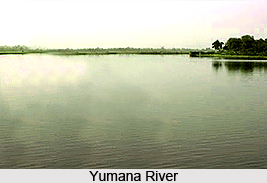 The Surasenas had paired with the Kauravas in the battle of Kurukshetra. The capital of the Surasenas, as recorded in history was Mathura on the Yamuna River, at present it is included in the Agra division of India. One of the Surasena kings who finds mention in history is Suvahu and he also had his capital in Mathura.
The Surasenas had paired with the Kauravas in the battle of Kurukshetra. The capital of the Surasenas, as recorded in history was Mathura on the Yamuna River, at present it is included in the Agra division of India. One of the Surasena kings who finds mention in history is Suvahu and he also had his capital in Mathura.
In the Buddhist literature Surasenas have been mentioned as of the sixteen mahajanapadas which were prosperous and had an abundance of wealth. Mathura was the capital of the Surasenas. It has been said in several Buddhist records that Buddhism as a religion was very predominant in Mathura.
Besides Buddhism, the Jaina cult was also practised at Mathura which was one of the few centres of the cult in the centuries immediately before and after the Christian era. The Jains seem to have been firmly established in the city from the middle of the second century B.C. Another cult which arose in Mathura was the Bhagavata religion, the parent of modern Vaishnavism; but in the Saka-Kushan period, the city had ceased to be a stronghold of Bhagavatism. The paucity of Bhagavata inscriptions at Mathura probably indicates that Bhagavatism did not find much favour at the royal court, because from the first century B.C. to the third century A.D., the people were usually Buddhists.
